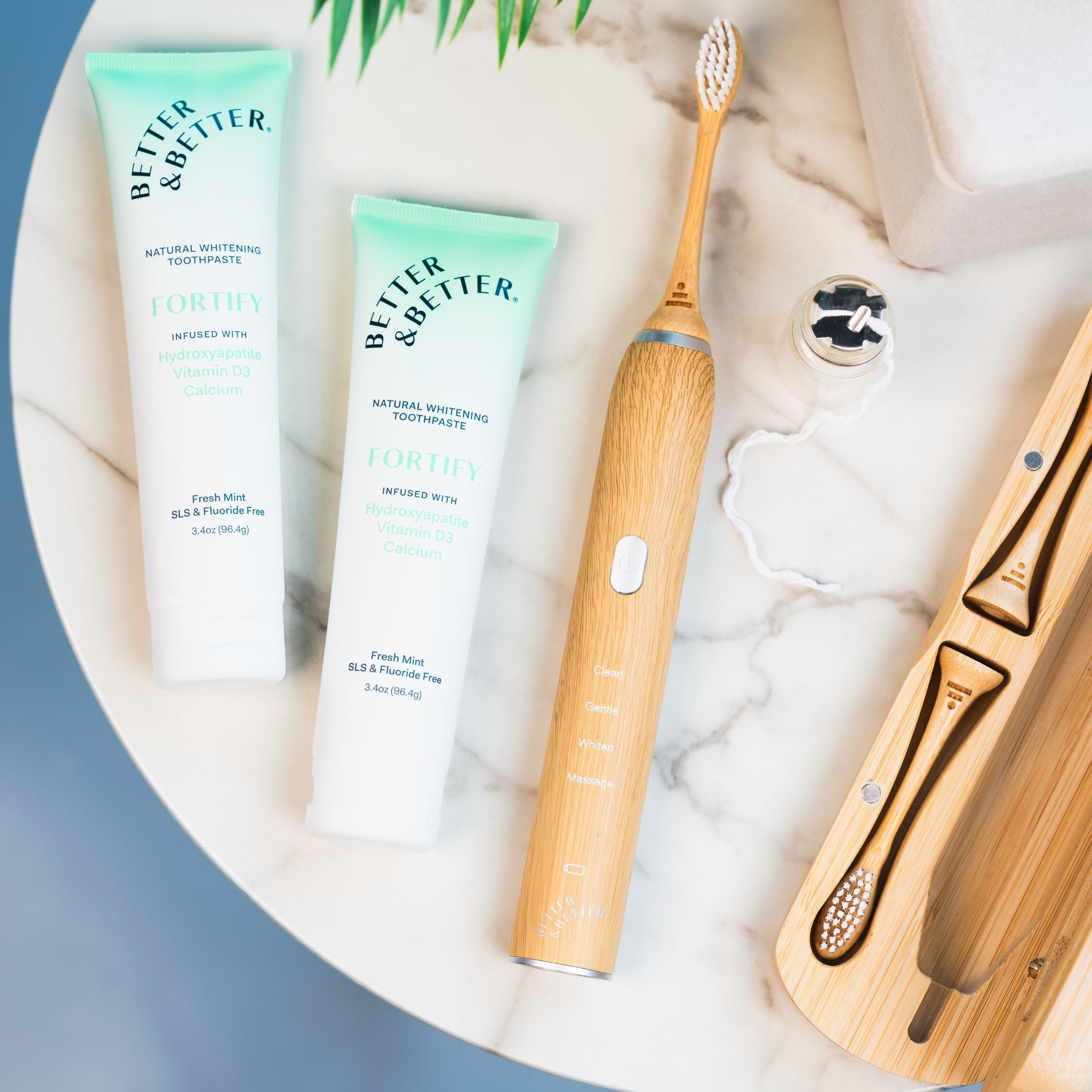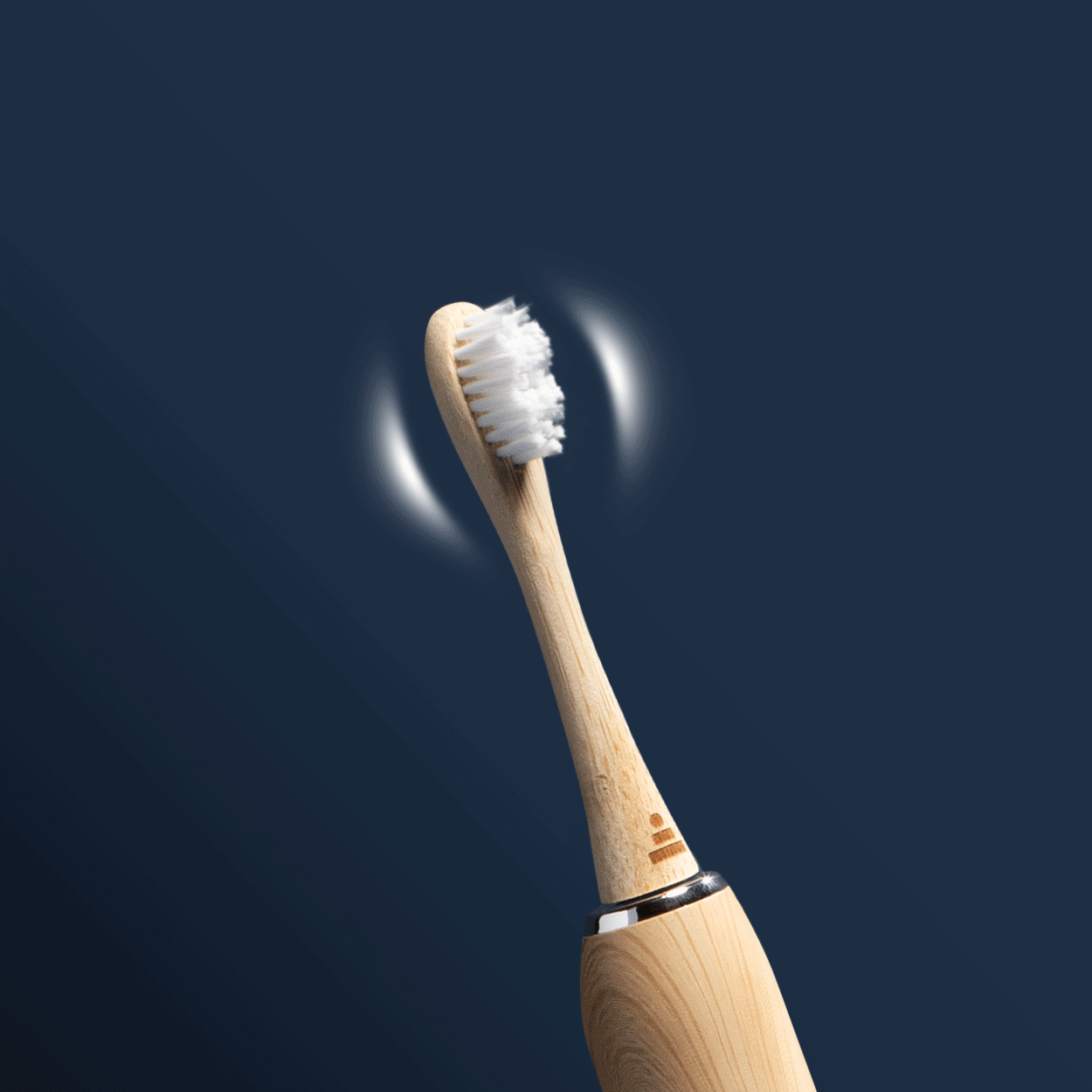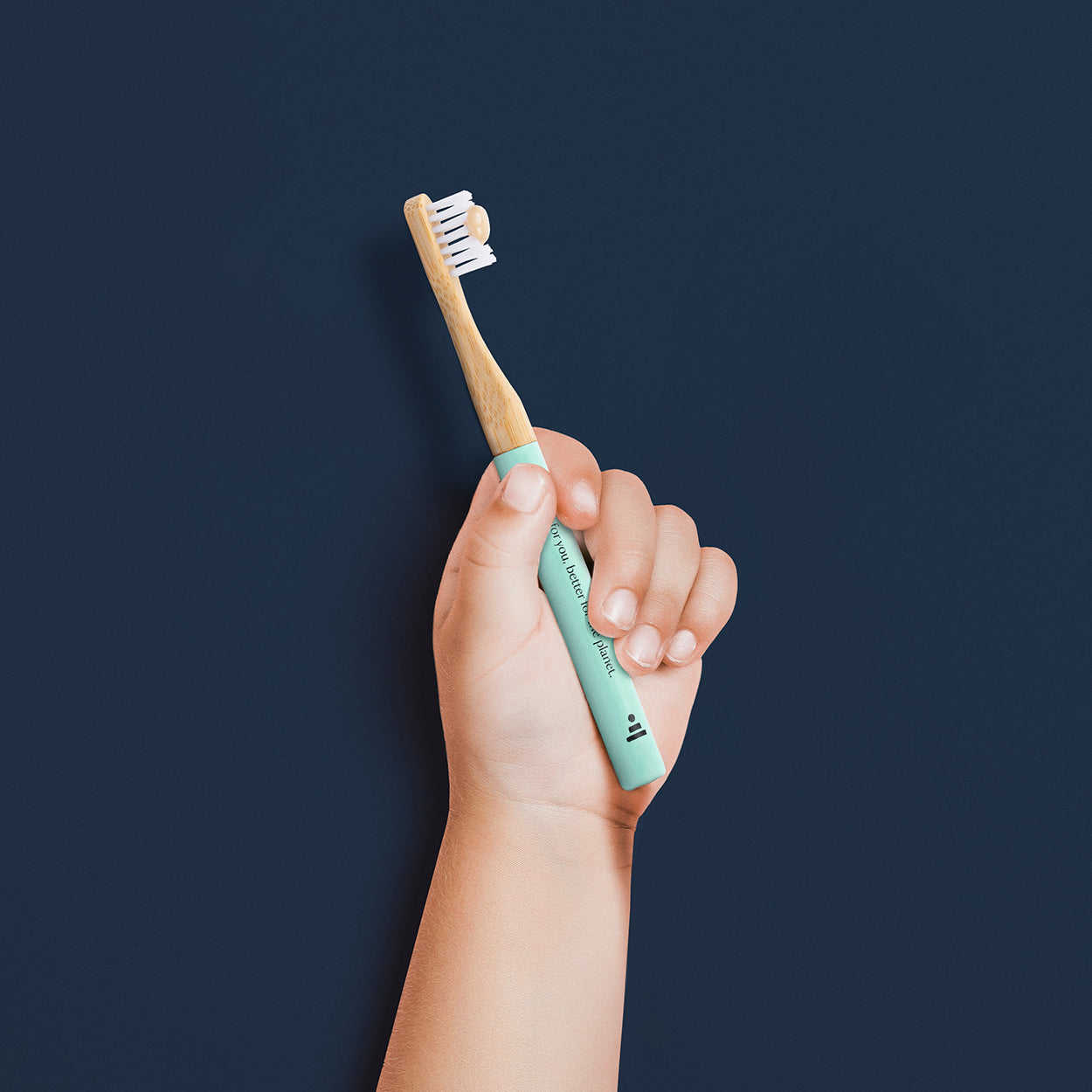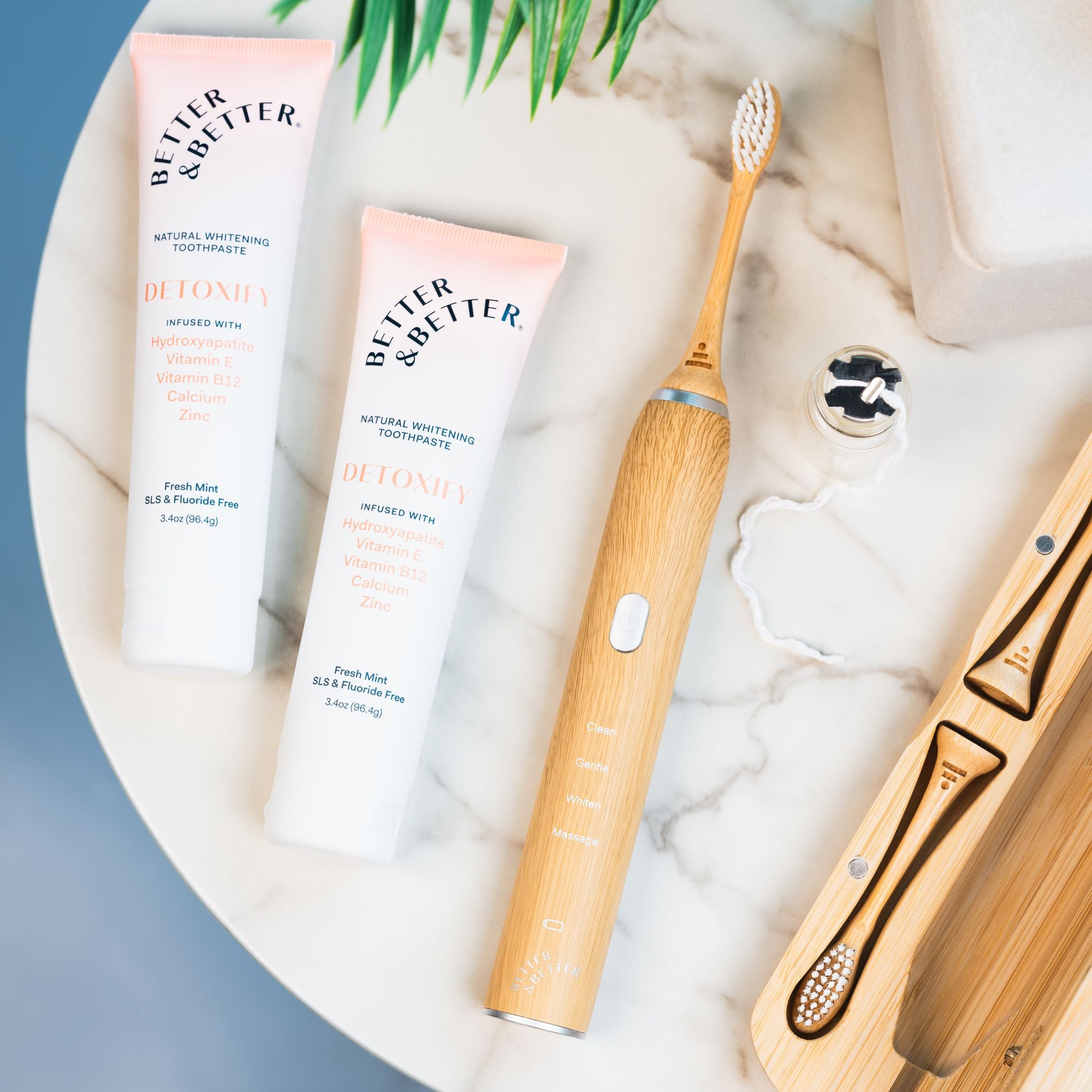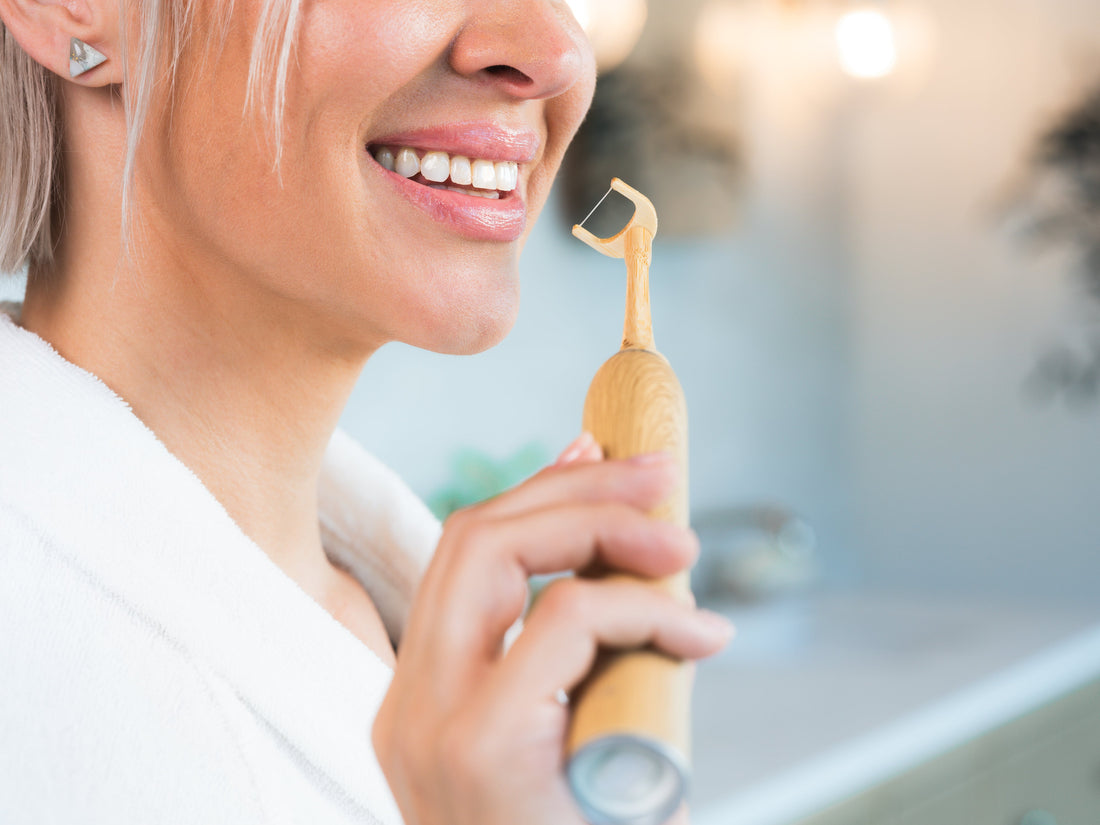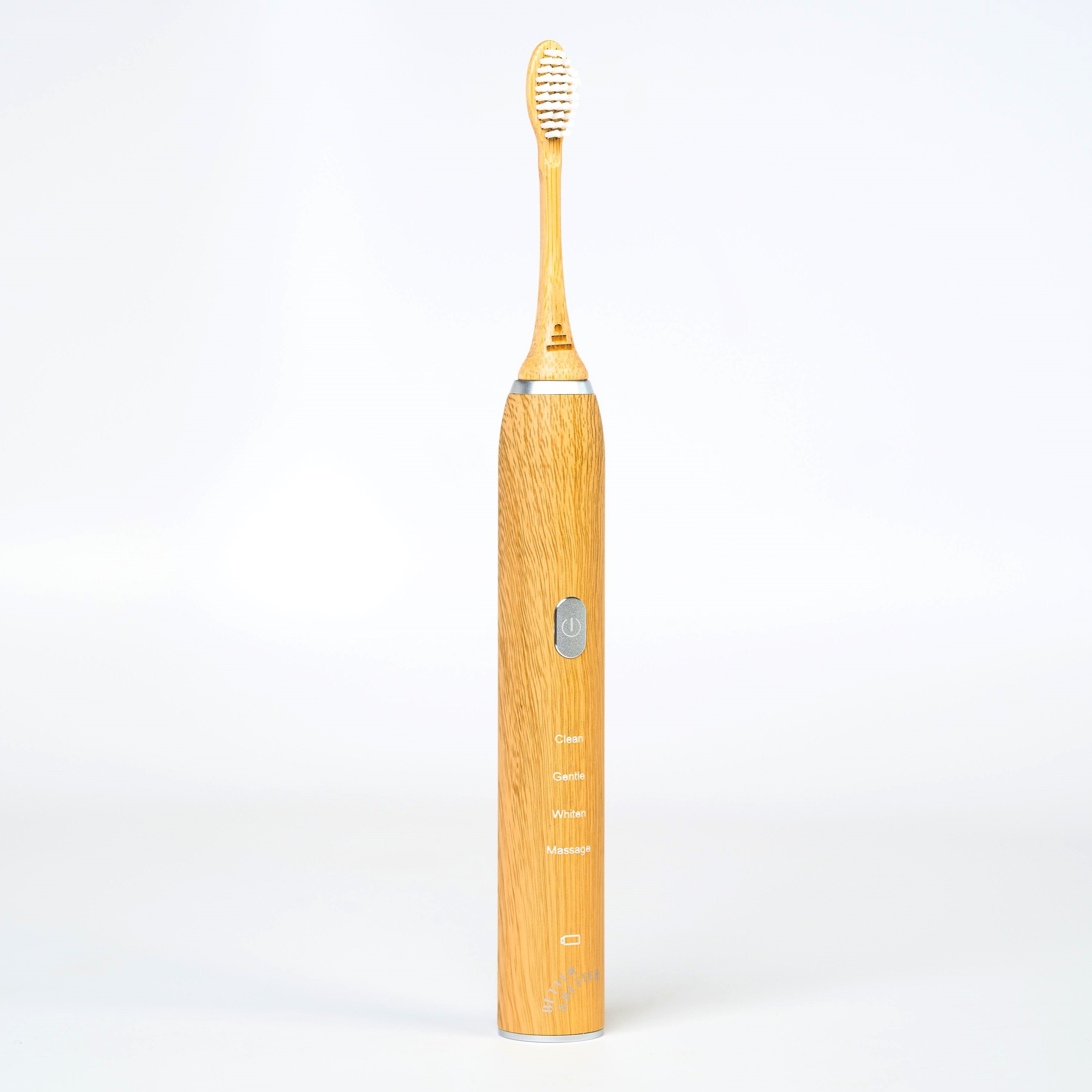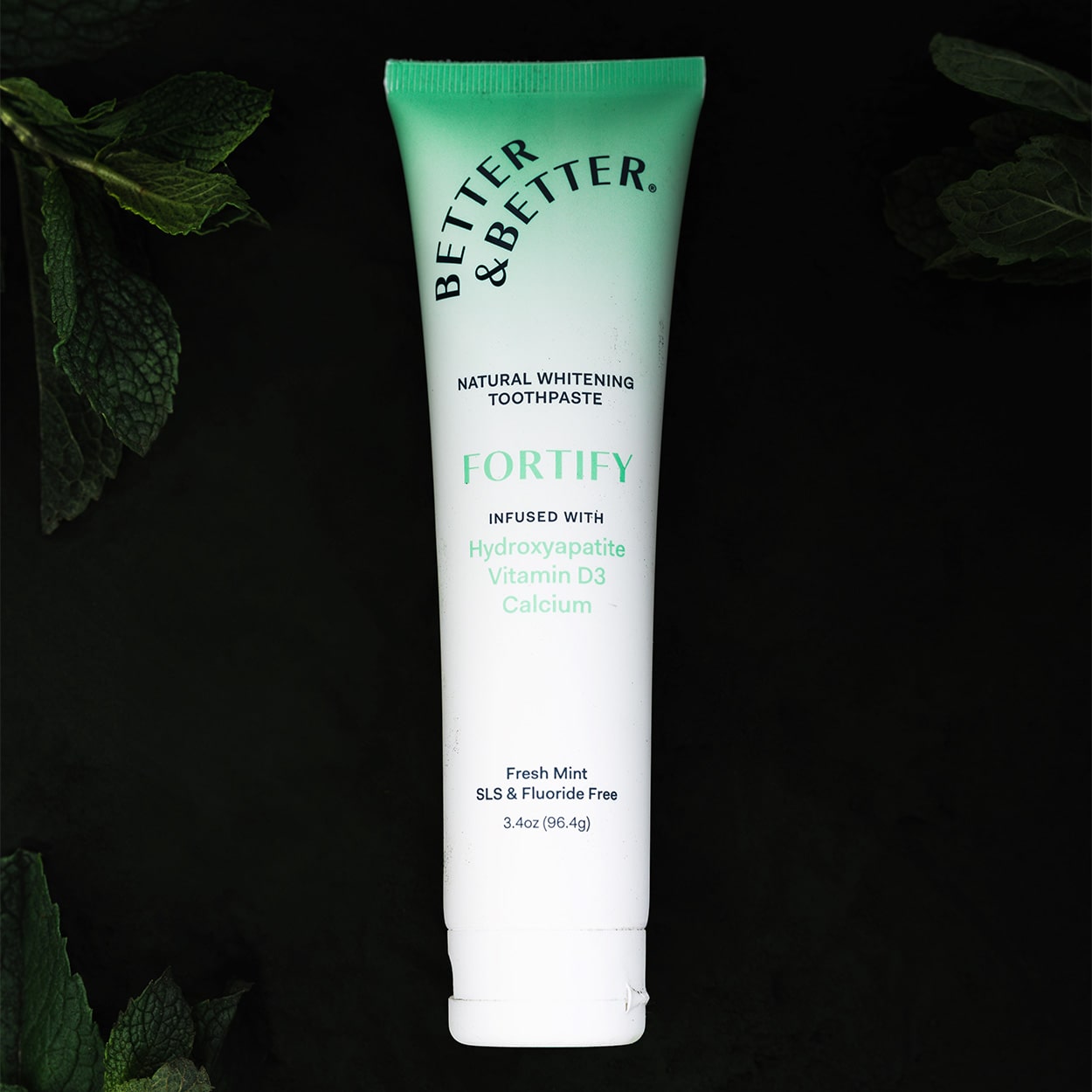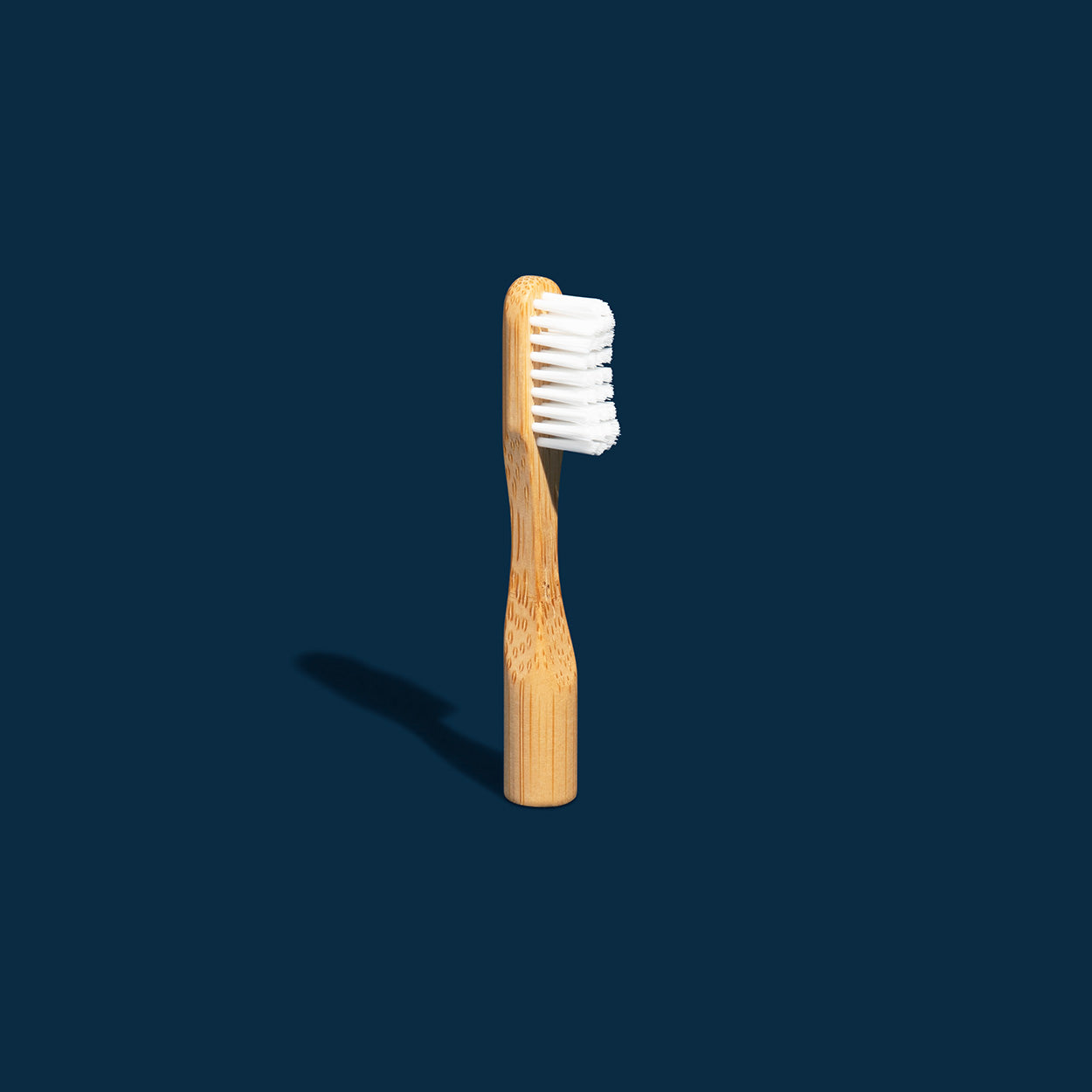It’s not very obvious, but bad posture can affect your oral health. It all works like a chain reaction—lack of spinal and body alignment leads to jaw misalignment, and vice versa since your teeth are part of your skeletal system. When the upper and lower teeth come together, each tooth actually forms a skeletal relationship with its opposing tooth. This bite determines the position of your jaw, and in turn, the position of your head on your spine. Poor posture can lead to headaches and various oral health problems, such as jaw pain and tooth decay.
How are teeth and posture connected?
There’s an easy test to see how your bite affects the position of your head and, consequently, your neck and back. Try this: Tilt your head backward and close your teeth lightly together. Notice that your back teeth hit first. Now tilt your head forward toward your chest and again lightly touch your teeth together. Notice that the front teeth hit first. When your teeth are improperly aligned, there is often a compensating effect throughout the postural chain as the body adjusts itself.
Poor posture can result from varying factors: prolonged work at an unergonomic computer station, a sedentary lifestyle, obesity, stress, poor muscle tone, scoliosis, and even psychological factors such as low self-esteem and lack of confidence. A growing concern is “tech neck,” caused by long periods of time looking down at tablets and mobile phones, causing pain, stiffness, and long-term postural changes. It stands to reason the jaw joint will also be affected by this.
When the head moves forward, in front of the shoulder joint, the muscles of the temporomandibular joint (TMJ) — the joint that connects the jaw to the skull — along with the neck and shoulder muscles, have to work hard to support the weight of the head. When the head is no longer in a balanced, energy-efficient position, supported by the rest of the body, these muscles are exerting a lot of effort to try to hold the head up against gravity. The forward head and neck position triggers a reflex in the brain that leads you to cock your head back and level your eyes with the horizon. But unless we rebalance the head’s position on our shoulders, this only makes the neck more extended and forces the extensor muscles to work harder. Under the stress of supporting the head in an incorrect position, the jaw loses its ability to move smoothly and freely.
What is the effect of a poor posture on oral health?
Poor posture is not often thought of as a health problem. However, it’s more visible when it affects your teeth. Symptoms of a poorly postured bite include:
- Numbing or tingling sensation in the hands
- Pain in the jaw, head, neck, shoulders, and back
- Problems in the cervical and spinal areas
- Headaches
- The body’s center of gravity is off
- Difficulty clearing the ears
TMJ Disorder
Over time, the strain on the temporomandibular joint (TMJ) can lead to TMJ disorder, a condition characterized by pain and discomfort in the jaw and surrounding areas. In some cases, the misalignment of these joints can cause issues such as jaw lock and cramps or, in extreme cases, spasms that result in jaw pain and make chewing difficult.
Headaches
Along with jaw pain, some 90% of headaches could actually be caused by disorders in the facial muscles and nerves. One cause of headaches is temporomandibular joint dysfunction/disorder (TMJD)—consult with your dentist if you suspect this could be the source of your headaches.
Tooth Decay
Additionally, poor posture can cause the teeth to come together unevenly, leading to wear and tear on the enamel.
How to improve your oral health—and your posture
Because the postural position of the head, neck, and shoulders is so closely related to your bite, both dental and physical therapy may be needed to correct seemingly unrelated symptoms. With properly aligned posture, the muscles, bones, and teeth can function without strain and tension. Of course, this is easier said than done, especially if you don’t realize how much your posture is affecting you.
The first step is to assess your posture and jaw alignment and see where you can improve both. You may want to consider visiting a physical therapist who can customize a program of exercises and stretches to help you improve your core muscle strength, flexibility, spinal alignment, and, subsequently, a misaligned jaw. One of the easier ways to develop good postural habits and help your back learn proper position is to wear a posture corrector like Etalon.
From the oral health side, avoid anything that puts unnecessary stress on the jaw, such as chewing gum or teeth grinding. Sit and stand up straight, keep the shoulders back and the head held high to reduce strain on the jaw and teeth.
Schedule regular visits to the dentist to help you detect and prevent any further problems. During these visits, the dentist will check for signs of wear and tear on the teeth, as well as any issues with the jaw and TMJ. They may also recommend exercises or stretches to help improve your posture and reduce tension in the jaw and neck. These may include:
- Make a conscious effort to stand, sit, and lie down properly.
- Always practice “head up” walking.
- If you are reading for prolonged periods, hold your book or reading device in front of you, keeping it level with your eyes.
- If you have to sit for long periods at a computer or desk, take frequent breaks (about every 20 minutes) to look up, get up, and stretch.
- Stay active and keep up a regular exercise routine.
Another way to maintain good posture is to do this exercise often:
- Stand up straight and look straight ahead. Keep your head and chin level.
- Gently lengthen your neck upwards as you tuck in your chin, drawing your head back over your shoulders.
- Bring your shoulder blades down and back towards your spine.
- Pull in your lower tummy muscles to maintain a natural curve in your lower back.
- Hold for 3-5 seconds. Repeat 10 times.
- AVOID allowing the head to return forward past neutral.
- AVOID elevating your chin and shoulders.
Ultimately, the key to maintaining good oral health — and a healthy smile — is maintaining good posture. To do this, avoid activities that put unnecessary stress on the jaw visit your dentist regularly, and be conscious of your posture and how you can continually work to improve it.



